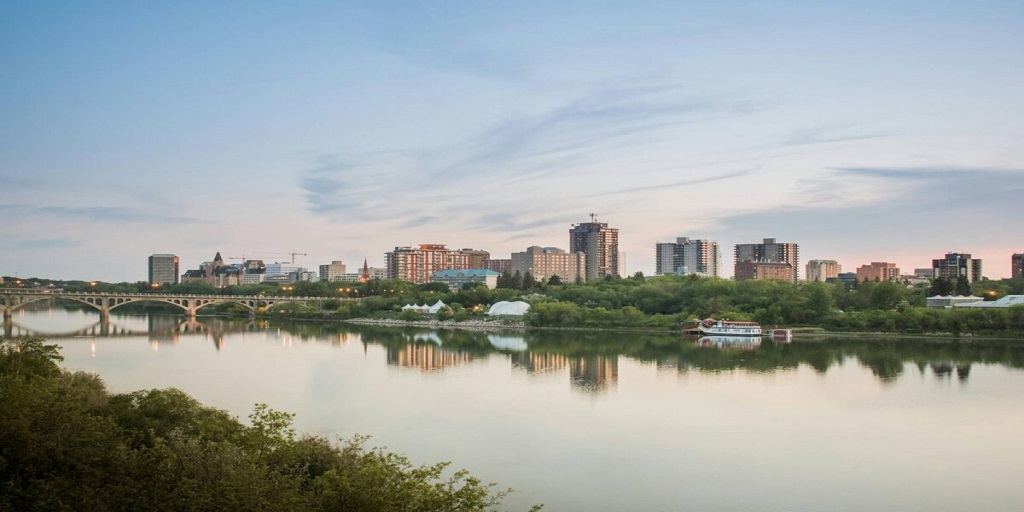Natural features like trees, rivers, or rock formations have long been used as reference points in defining property boundaries. But as landscapes change over time, relying on natural boundaries alone can cause confusion, disputes, and legal headaches for property owners.
In Edmonton, where many properties feature mature trees and green spaces, understanding how natural boundaries impact land ownership is essential. This is where a professional Edmonton survey company steps in to provide clarity, precision, and peace of mind.
Why Natural Boundaries Can Be Problematic
Using trees or other natural landmarks as boundary markers may seem straightforward, but these markers are inherently imprecise. Trees can grow, be cut down, or shift due to natural causes. Their trunks might not precisely follow legal property lines, leading to overlapping claims.
Some common natural boundary challenges include:
- Trees growing across property lines. A tree’s roots, branches, or trunk may extend onto neighbouring property, causing disputes over ownership or maintenance responsibility.
- Changing landscapes. Erosion, flooding, or other natural events can alter features like riverbanks or rock formations, making original boundaries unclear.
- Lack of official records. Early property descriptions often referenced natural markers without detailed surveys, which can create uncertainty today.
When these natural boundaries are unclear or contested, property owners may face disputes with neighbours or difficulties when selling, buying, or developing land.
The Role of an Edmonton Survey Company in Natural Boundary Issues
A qualified Edmonton survey company uses modern technology and expertise to translate natural boundary references into accurate, legally recognized property lines. Here’s how they help:
1. Precise Boundary Identification
Surveyors combine historical records, title documents, and site measurements to establish exact property boundaries. They use GPS technology, total stations, and other advanced tools to pinpoint where boundaries lie relative to natural features like trees.
This ensures that property owners understand exactly where their land begins and ends — regardless of whether a tree stands on the line or well inside the property.
2. Resolving Boundary Disputes
When trees or natural features cause disagreement between neighbours, a professional survey can provide an unbiased, legal determination of boundaries. This documentation is crucial for settling disputes amicably or in court.
Surveyors can also recommend solutions for shared natural features, such as boundary trees, helping neighbours reach agreements on maintenance and responsibility.
3. Supporting Property Transactions and Development
Before buying, selling, or developing property, an accurate survey is essential. An Edmonton survey company ensures that natural boundary ambiguities don’t stall transactions or cause legal complications.
Developers and builders rely on surveys to plan construction that respects property lines, setbacks, and easements—even when natural features are involved.
Why You Shouldn’t Rely on Trees Alone for Boundaries
While trees and other natural markers may have historic significance, relying on them alone in today’s property matters can be risky. Boundaries defined only by natural features can lead to:
- Encroachments and unintentional trespassing
- Difficulty proving property lines in legal disputes
- Challenges obtaining permits or approvals for development
- Uncertainty that affects property value and insurability
Trees and other natural landmarks have always been part of how we see and divide our land, but when it comes to legal property boundaries, precision matters. An experienced Edmonton survey company can transform vague natural references into clear, legally binding property lines, helping property owners avoid disputes and confidently manage their land.
For more information about Land Survey Services Saskatchewan and Land Survey Companies Regina Please visit: CORE Geomatics.







0 Comments